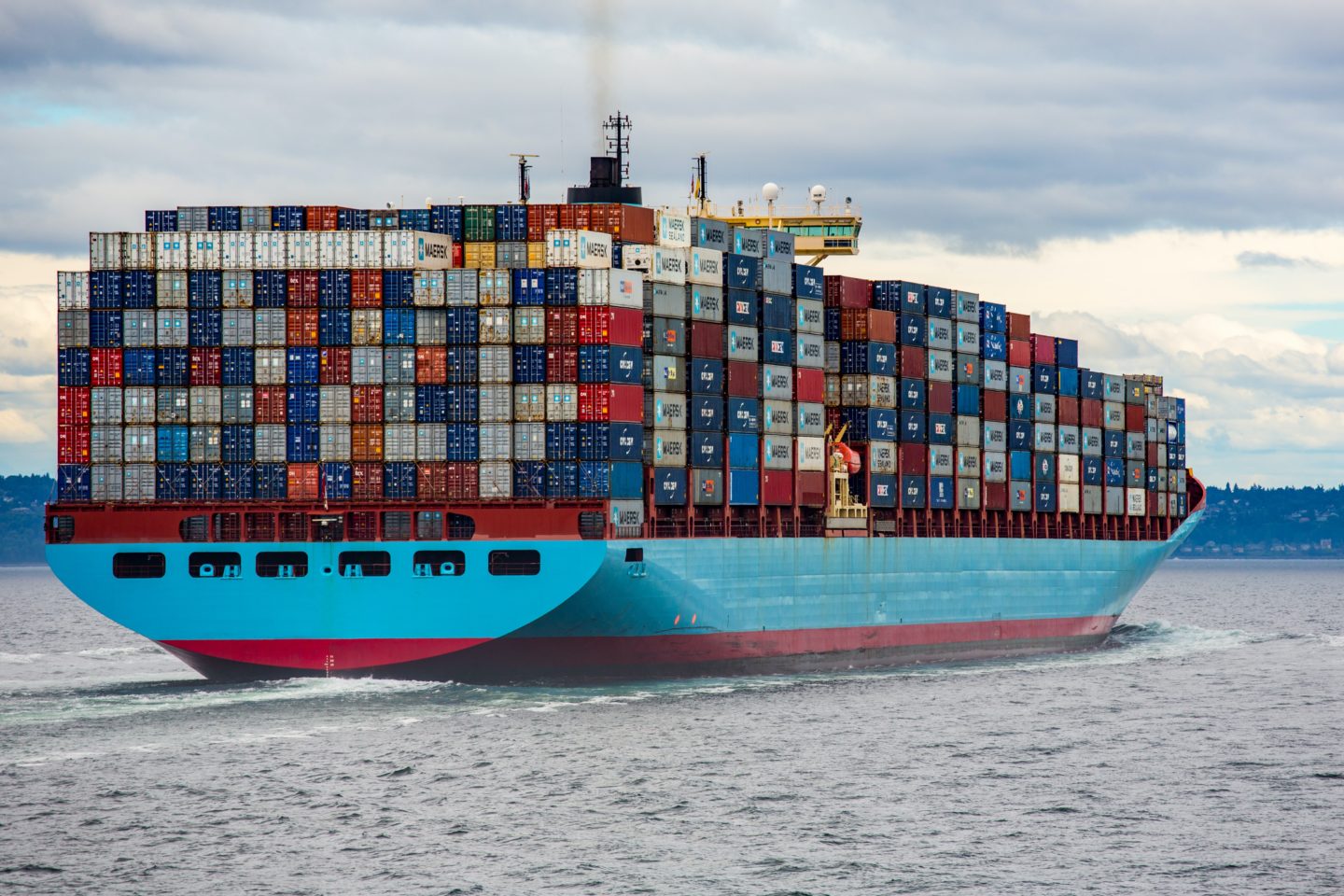The supply chain crisis is still in full swing, and the war in Ukraine is making it all the more daunting. But it’s important to understand when and how to protect your supply chain.
Don’t panic
In the case of Ukraine, responding to Russia’s invasion by overstocking and double-ordering supplies risks creating unnecessary disruption. Companies that fill up their warehouses now, anticipating future blockages in the supply chain, may find themselves stuck with stock they bought at elevated prices that they struggle to shift further down the line.
Rather than indiscriminately buying up extra stock, firms should forensically examine their whole supply chain to identify the weak links, and forecast the exact quantities of stock needed to keep production running for a certain period.
Ongoing concerns
The differences in how countries, particularly China, are handling the pandemic are adding to strains within the supply chain. There are three ways that multinational companies and their managers can become better equipped to deal with disruption to their production capacity.
Diversify your supply chain.
The supply chain shock from the pandemic exposed the risks of consolidating production into one location, as shutdowns and shipping bottlenecks left companies without key components. Logistics problems have eroded the advantages of shipping products from half a world away. Not only are prices rising, but supply is more volatile too. It is time to find alternative production hubs with access to key supplies.
Hold more inventory
Corporations have kept inventories at a minimum to prioritize costs, using short-term flexible contracts to quickly adapt to shifts in demand. In the age of supply shocks, you should consider extending the length of contracts with key suppliers or increasing critical inventory.
Substitute raw materials.
Shifting production methods according to material availability can mitigate supply chain risks. You should consider broadening the range of raw materials to tune operations for resilience as well as for performance.





